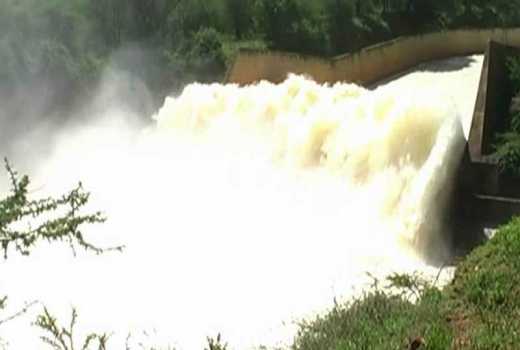
Dam failures are comparatively rare but can cause immense damages and loss of lives when they occur. Case in point is the recent Patel dam tragedy in Solai which killed 48 people after breaking its banks.
A dam is a barrier across flowing water which obstructs, directs or slows down the flow, often creating a reservoir, lake or impoundments.
Dams are considered 'installations containing dangerous forces' by International Humanitarian Law due to the massive impact of possible destruction of the civilian population and the environment.
Most of them have a section called a spillway or weir over or through which water flows, either intermittently or continuously, and some have hydroelectric power generation systems installed.
According to the Kenyan Government, Masinga Dam will start overflowing anytime between now and Friday 18.
READ MORE
How Nairobi-Addis deal is fuelling surge in Kenya's electricity imports
Ruto scales Mt Kenya with goodies amidst fears of jeers and heckling
From cheers to jeers: How Mt Kenya crumbled on Ruto's feet
Mbadi's solution for those with stolen funds in foreign accounts
This will exacerbate the situation in Tana River County, which has suffered the effects of flooding.
Several people have been killed and thousands displaced. The flooding has also caused a public health nightmare, with increased cases of cholera reported.
“Once Kiambere Dam overflows, it is expected that it will take four days for the water to reach Garissa town and soon after the lower Tana Delta.
In the event that the water levels continue to rise, communities that live on the banks of Tana River, downstream of Kiambere Dam, are urged to take necessary precautions,” said Keter.

